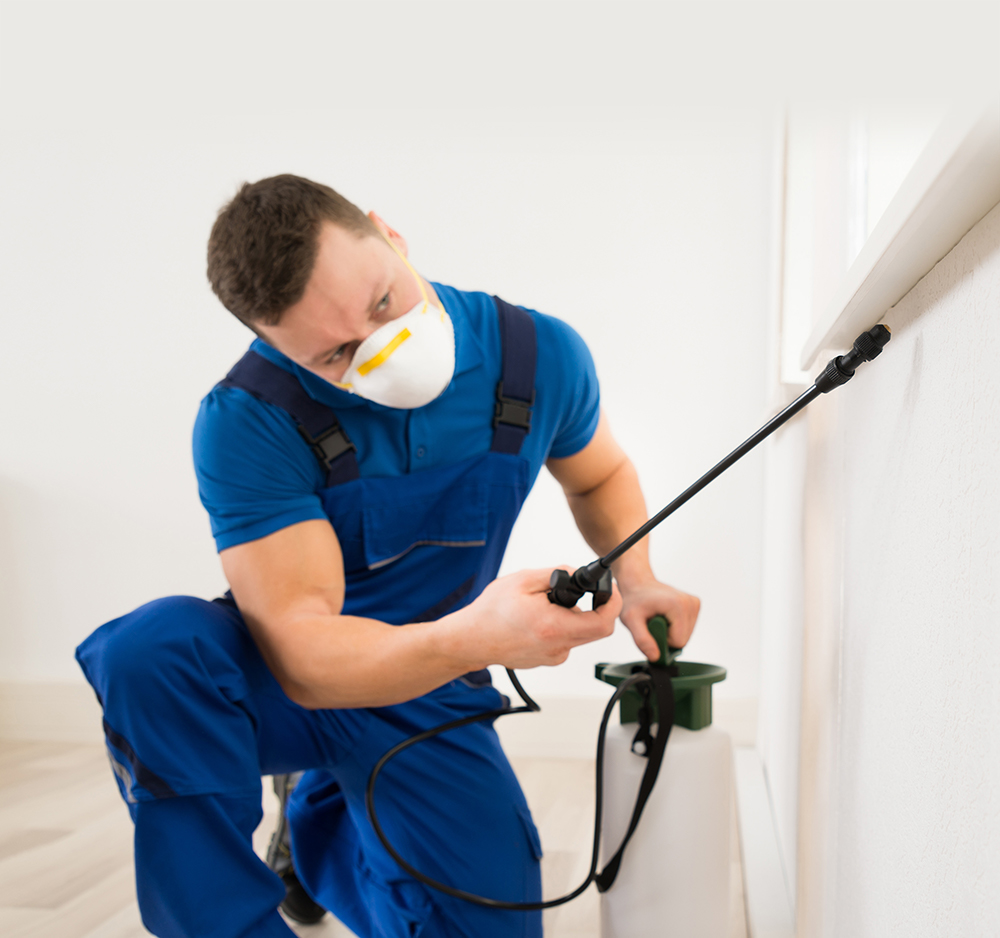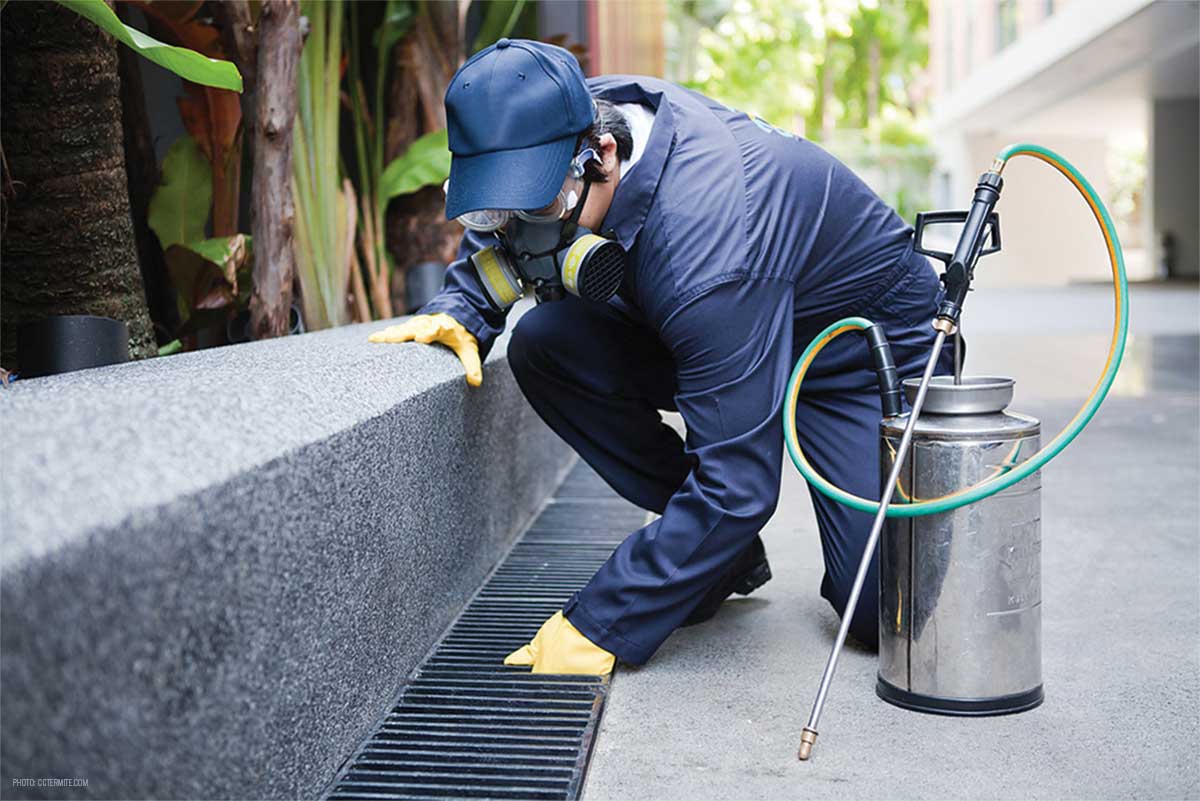Effective Bed Bug Treatment: Remove Infestations Safely!
Effective Bed Bug Treatment: Remove Infestations Safely!
Blog Article
Specialist Parasite Control Techniques for Long-Term Outcomes
Professional insect control methods envelop a detailed method that starts with a complete assessment and analysis, complied with by exact insect recognition to comprehend their behavior patterns. The implementation of Integrated Parasite Management (IPM) principles, coupled with eco-conscious treatments, forms the cornerstone of lasting insect eradication.
Examination and Analysis
Upon entering a home for parasite control solutions, the initial action is a thorough examination and analysis to determine the degree of the infestation and figure out one of the most effective therapy plan. Professional insect control specialists are trained to diligently take a look at the premises, searching for indications of parasite task such as droppings, nibble marks, nests, or any architectural damage. They will also assess the conditions that may be drawing in parasites, such as food sources, water leakages, or access points.

Pest Recognition and Behavior

Additionally, recognizing the actions of the identified parasite is crucial to implementing efficient control procedures. Knowing where pests nest, what they feed on, and their activity patterns can assist pest control professionals design strategies to eliminate them successfully. Some parasites might be nighttime, while others are much more active throughout the day. This expertise allows for the application of treatments at optimum times for maximum effectiveness.
Integrated Parasite Management (IPM)
Integrated Parasite Administration (IPM) strategies integrate several strategies to regulate and protect against bug problems in a sustainable and environmentally pleasant manner. bed bug heat treatment. By incorporating methods such as organic control, environment manipulation, adjustment of cultural practices, and the use of immune selections, IPM intends to minimize using chemical pesticides
One of the key principles of IPM is the emphasis on avoidance. This proactive technique includes tracking bug populations routinely to find any kind of prospective concerns before they rise. By recognizing insect problems at an early stage, pest control procedures can be implemented promptly and effectively.
In addition, IPM promotes the usage of non-toxic pest control techniques whenever possible. This can include employing natural killers of the pests, presenting beneficial bugs, or utilizing pheromones to interfere with breeding patterns. By reducing reliance on chemical pesticides, IPM not only protects the environment however also helps preserve an equilibrium in the community.
Environmentally-Friendly Therapies
Applying eco-conscious methods in parasite control treatments can effectively attend to infestations while prioritizing ecological sustainability. Environmentally-friendly therapies concentrate on decreasing the influence of insect control techniques on ecological communities, non-target microorganisms, and human wellness. These techniques usually entail using all-natural killers, such as ladybugs or nematodes, to control pest populations, decreasing the need for chemical interventions. Furthermore, techniques like environment manipulation, such as readjusting dampness degrees or getting rid of food sources, can aid discourage pests without the usage of hazardous substances.
Another trick facet of environmentally-friendly treatments pestys pest control is using natural and eco-friendly items that damage down promptly without leaving dangerous deposits in the environment. Botanical pesticides stemmed from plants like chrysanthemums or neem supply efficient insect control while presenting marginal danger to non-target types. Furthermore, employing approaches like warmth therapies or scent traps can target details bugs with accuracy, reducing the general ecological influence of bug control techniques.
Recurring Monitoring and Maintenance
Consistent surveillance and maintenance are crucial components of efficient insect control administration. Recurring monitoring plays a critical duty in making certain that insect invasions are discovered early and taken care of quickly. Normal evaluations by skilled experts are necessary to determine any indications of parasite task, examine the pest control online efficiency of previous therapies, and make modifications to the bug control plan as needed. By keeping track of pest populations in time, insect control specialists can track fads, expect prospective problems, and implement safety nets to decrease the danger of future infestations.
In addition to surveillance, maintenance techniques are important for lasting pest control success. This includes executing correct sanitation measures to remove potential food and water sources for insects, sealing entry points to avoid insects from going into the premises, and resolving any structural concerns that can promote bug infestations (bed bug treatment). By including ongoing monitoring and upkeep into an incorporated insect monitoring method, businesses can make sure a pest-free environment and guard their residential property against costly damages and wellness threats
Verdict
In conclusion, using professional parasite control strategies such as comprehensive assessment and assessment, accurate insect recognition and understanding of their habits, incorporated insect management methods, sites environmentally-friendly treatments, and ongoing tracking and maintenance are necessary for accomplishing long-term outcomes in bug control. By executing these approaches, people can efficiently handle parasite invasions and maintain a pest-free environment in a sustainable way.
Report this page